Not funny fact: there are still more than 200 bodies on Mount Everest due to difficulties in retrieving them.
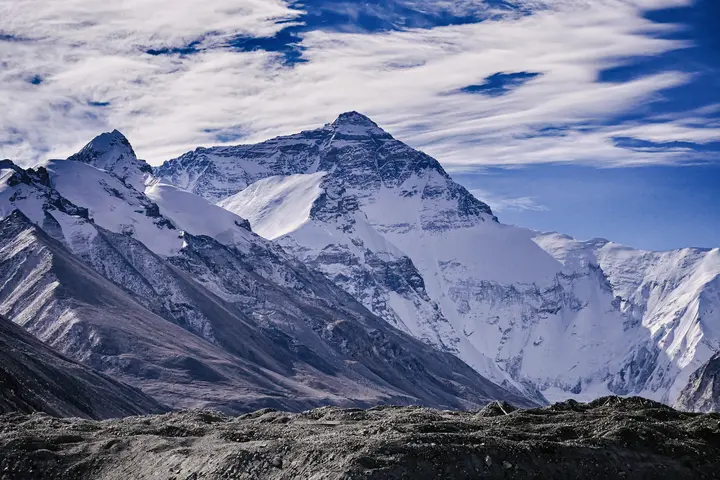
Mount Everest reaches a staggering height of 29,032 feet. It is the tallest mountain in the world... and the highest cemetery. The daring climbers facing the challenge of Everest do so knowing that the rocks of the iceberg may become their final resting place. Hundreds of bodies are believed to have found their final resting place on the ruthless rocks and slopes of the mountain.
Show key points
- Mount Everest stands at an astounding 29,032 feet, making it both the world's tallest mountain and a perilous final resting place for many climbers.
- Over 300 climbers have died on Everest, with around 200 bodies still remaining on the mountain due to the extreme difficulty and cost of recovery.
- The infamous “Death Zone” above 26,000 feet poses life-threatening challenges, yet climbers continue to risk their lives drawn by ambition, adventure, and personal dreams.
- ADVERTISEMENT
- Retrieving bodies from Everest is often impossible and can cost upwards of $70,000, leading many families and climbers to accept that the mountain becomes a permanent grave.
- Deceased climbers’ bodies have become grim landmarks on the ascent, such as “Green Shoes” and “Sleeping Beauty,” guiding new mountaineers on their journey.
- Despite the risks, Everest tourism and mass expeditions have surged in recent years, totaling over 10,800 trips since 2020 as recorded by the Himalayan database.
- Famous figures like Rob Hall, Francis Arsentiev, and George Mallory lost their lives on the mountain, and their stories continue to captivate and caution climbers today.
Why do people keep climbing Mount Everest? How many bodies are left on Mount Everest?
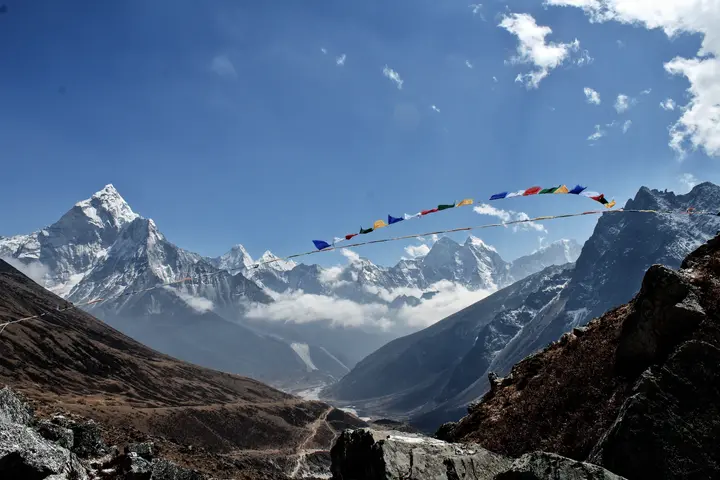
The climbing world knew very well the dangers of Mount Everest. The mountain has an area literally known as the "Death Zone", and its victims have regained international fame, identified under nicknames such as "Sleeping Beauty" and "Green Shoes". But Everest's tribulations do not deter everyone. Tourism and mass expeditions to the top of the mountain are growing in popularity.
Recommend
The Himalayan database records all known expeditions to the mountain and reports that more than 10,800 trips have taken place since 2020. For many, the mountain is the ultimate test of climbers' vigor and skill. For others, it is a goal or dream of a lifetime. Therefore, people continue to climb Mount Everest, and Mount Everest continues to collect bodies.
The mountain has garnered more than 300 climbers in modern history, and about two-thirds of that number are still on the mountain. The current estimate of the bodies remaining on Mount Everest is about 200.
Why are corpses left on top of Mount Everest?
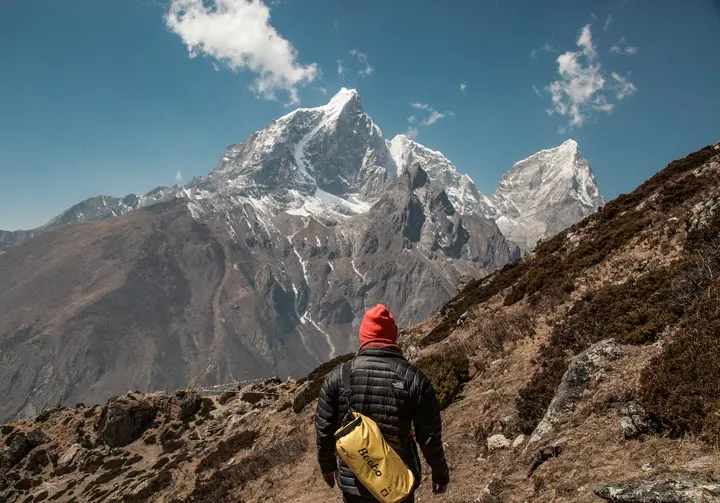
It is astonishing for many individuals who are unaware of the death toll on Mount Everest to discover that most of the bodies on Mount Everest will remain forever. However, the reasons for leaving the bodies are purely logical.
The dangers of Mount Everest make retrieving the body extremely difficult – and sometimes impossible – and costly. Bodies above Camp 2 at an altitude of 21,000 feet cannot be recovered by helicopter. Instead, the bodies must be taken down the mountain to recover. To recover the corpse it requires a team of rescuers or sherpas who are able to retrieve the frozen corpses and carry the excess weight of the frozen corpse down the mountain. The cost of such an expedition can go up to more than $70,000.
Due to the cost and extreme risks faced by the recovery team, only a few bodies have left Mount Everest. Many mountaineers prefer to remain on the mountain if they pass there, in a tradition taken from sailors lost at sea.
The bodies of dead climbers on Mount Everest serve as indicative signs
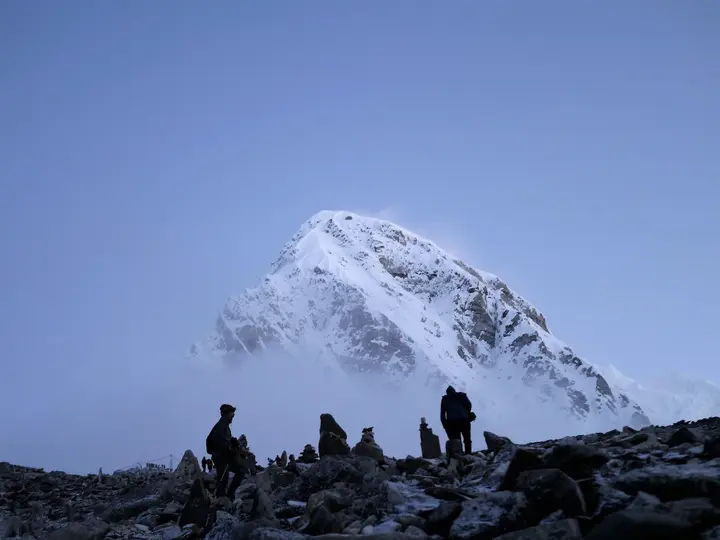
In a tradition as horrific as practical as it is, the bodies of dead mountaineers on Mount Everest evolved into guiding points on the road to the summit. The corpses mark the end of the journey of mountaineers in the past but provide a constant mark for today's climbers as they seek the far-fetched summit. Many of the bodies remain unidentified, but some of Everest's victims, such as Green Potts and Sleeping Camel, are well known and have become the most famous permanent residents of the mountain.
Famous corpses on Mount Everest
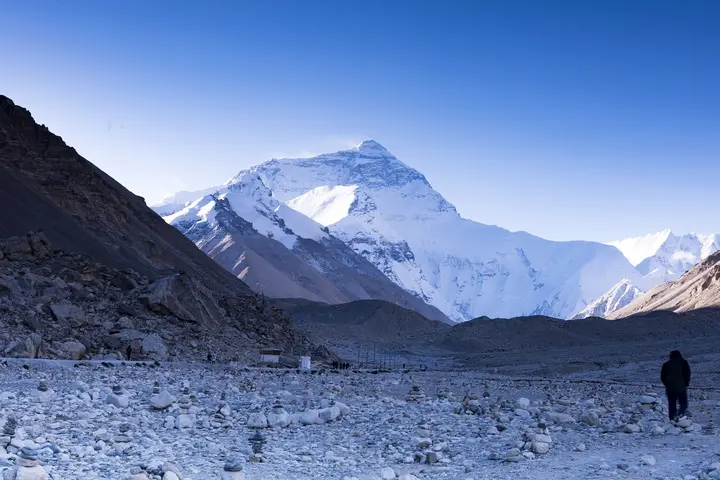
Green Shoe – Tsiwang Baljur:
In 1996, Indian climber Tsiwang Balgor began his ascent to the summit of Everest. He never returned from the expedition. For some time, Balgore's body lay in a cave on the way to the top. His body was identified because of the green shoes he was wearing during the expedition. In 2014, the Chinese government removed Tsiwang Balgor's body from the main track and buried it under snow and rocks at the request of his family.
Sleeping Beauty - Francis Arsentiev:
In 1988, the couple Francis and Sergei Arsenteyev climbed to the summit of Everest. Francis was the first American woman to attempt a climb without oxygen. She and her husband reached the top but never completed the return journey. Both Sergey and Francis lost their lives on the mountain. Francis' body became a sign known as the "sleeping beauty". She lies covered in the American flag with a teddy bear tucked under her arm from fellow explorer Ian Woodall. Her husband's body was discovered only a year after her death. Sergey fell to the bottom of the mountain.
Rob Hall – Everest disaster 1996:
The release of the 2015 film "Everest" depicts the story and death of mountaineer Rob Hall. He was one of the most famous climbing athletes in the world. He and his close friend Gary Paul completed the challenge of the Seven Peaks by climbing the world's seven highest mountains. Hall's adventure ended with the Everest disaster in 1996. Hall led an expedition to the top of the mountain in early May. A series of unfortunate events trapped the expedition during one of the violent blizzards in Everest. Rob and one of his expeditions, Doug Hansen, died during the storm. Many other climbers passed on separate expeditions in the same storm.
George Mallory:
The name George Mallory is synonymous with Mount Everest. The general consensus calls him the first man to explore Mount Everest. Mallory successfully climbed the mountain twice, in 1921 and again in the same year. Many maps and routes emerged from expeditions, but Mallory did not reach the top. However, he returned in 1924, determined to climb the mountain. He was last seen alive, when he left camp four on June 8. Mallory's body was not discovered until an expedition found it in 1999. It is not known whether he reached the top or not.








